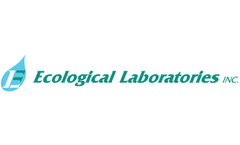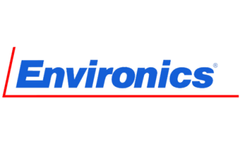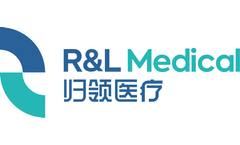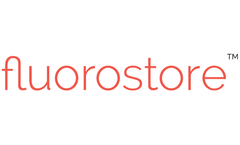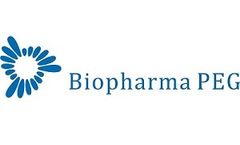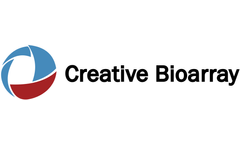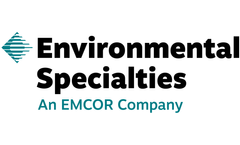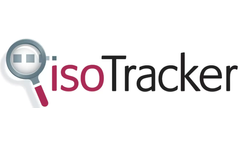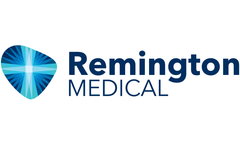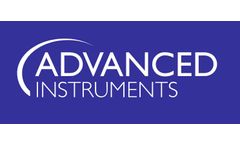- Home
- Articles
Refine by
Medical Industry Articles & Analysis
4,735 articles found
Radiopaque marker bands play a pivotal role in enhancing medical imaging accuracy, especially in healthcare practices involving fluoroscopy and X-rays. These tiny bands may not look significant, but their impact on improving precision during surgical procedures is immense. Edgetech Industries, a leader in advanced material manufacturing, has established itself as a reliable Marker Bands ...
Understanding Marker Bands in Medical TechnologyMarker bands are essential components in modern medical devices, providing critical visibility and precision during minimally invasive procedures. These small metallic rings are integrated into catheters, guidewires, and implants to enhance real-time tracking under imaging systems like X-ray, fluoroscopy, and MRI.Why Marker Bands MatterEnhanced ...
Every business owner in Pakistan has been facing the same problem for years: rising electricity bills month after month and voltage fluctuations that put sensitive machinery at risk. Alpha Solar experts have spoken with hundreds of factory managers and shop owners over the years, and the frustration is the same every time. You try to grow your business, but the power situation refuses to ...
Location: Al-Hayat Pharmaceutical Manufacturing Company, Jeddah, Saudi Arabia Background: Al-Hayat Pharmaceutical is an old manufacturing facility that was built in 1972. This company produces the following range of products: Antibiotics: (syrup & tablet) including Ciprofloxacin (broad-spectrum) Clindamycin (gram-positive) Ampicillin (broad spectrum) Anti-diarrheal product (syrup) a ...
Lipids are not merely structural components of cellular membranes—they also act as powerful signaling molecules that orchestrate key physiological processes. Among the enzymes regulating lipid signaling, ENPP2 (Ectonucleotide Pyrophosphatase/Phosphodiesterase 2), also known as autotaxin, plays a central role by converting lysophosphatidylcholine (LPC) into the bioactive lipid ...
Overview The Reduced Oxygen Breathing Device (ROBD) was originally patented by the U.S. Navy as a safer, more efficient alternative to traditional hypoxia training. When it came time to commercialize and scale the prototype, the Navy partnered with Environics—recognizing their expertise in gas delivery and simulation systems. Together, they developed the ROBD2: a purpose-built solution that ...
Introduction At R&L Medical, we believe wound care is entering a new era. Traditional bandages and gauze once served as the primary option for wound management, but they often fell short in addressing modern clinical needs. Patients require solutions that not only protect against contaminants but also create an environment where the body can heal efficiently and comfortably. This is where ...
Fluoropolymers: A Critical Enabler in Cell and Gene Therapies Cell and gene therapies are revolutionizing medicine, offering cures for rare diseases and innovative treatments for cancer. Behind every successful therapy is a precise and sterile manufacturing process—where the choice of materials can make the difference between success and ...
In the fast-evolving field of antibody–drug conjugates (ADCs), linker chemistry plays a decisive role in defining therapeutic performance. The ability to control the drug-to-antibody ratio (DAR), conjugation site, and overall molecular stability directly impacts both efficacy and safety. Among emerging linker materials, azide-functionalized PEG derivatives have become essential tools for ...
Understanding Plant Cell Viability Plant cells, like all living cells, undergo a complex cycle of growth, differentiation, and death. In plant biotechnology, tissue culture, and stress physiology studies, knowing whether cells are alive or dead is essential for interpreting experimental results. Plant cell viability refers to the proportion of living, metabolically active cells in a given ...
Neurotrophic factors are a group of proteins that play a crucial role in the growth, survival, and differentiation of neurons in the nervous system. They serve as essential signaling molecules that not only support the development of the nervous system during embryonic stages but also maintain neuronal health throughout an individual’s life. These factors are vital for neuroplasticity, ...
For a vaccine manufacturer contracted to fast-track production of COVID-19 vaccines, we designed and constructed a 700-square-foot Ultra-Low Temp storage ...
Precise and safe delivery of drugs to target sites has always been an important task for researchers in modern medicine. With the development of nanotechnology, a variety of nanodrug delivery systems (NDDS) have been designed and prepared, such as the most familiar liposomes, polymer nanoparticles, and metal nanoparticles. However, a new kind of drug delivery system has also gradually emerged in ...
We built a more than 700,000-cubic-foot vaccine storage solution for a global manufacturer, during COVID-19 lockdown, on time and on budget. ...
As the end of the year approaches, many clinicians look for smart ways to invest in their practice while reducing taxable income. One powerful opportunity often overlooked is the Section 179 tax deduction — a U.S. tax incentive that allows businesses, including dental and medical practices, to deduct the full purchase price of qualifying equipment in the year it is placed in service. If ...
In today’s highly regulated industrial landscape, ensuring SIL2 compliance in additive manufacturing and pharmaceutical production is critical. These sectors rely on accurate, safe, and compliant equipment to maintain operations and protect both employees and end-users. One standard that has emerged as a benchmark in safety-critical processes is SIL2 compliance. This article explores what ...
Quality issues in medical devices often point to underlying weaknesses in the system, and ISO 13485-compliant CAPA is essential for correctly identifying cause and preventing the problem from recurring. Here’s an overview of CAPA requirements in ISO 13485 for medical device ...
Choosing the wrong supplier for medical drainage bags can expose your facility to safety risks, compliance violations, and costly downtime. Procurement professionals are expected to evaluate products quickly and confidently, but not all warning signs are obvious upfront. This guide breaks down five key red flags to watch for so you can make smarter, safer purchasing decisions and ...
With laboratories under pressure, automation allows staff to gain back time. Here, Megan Northam explains how her laboratory has benefited from the features of the OsmoPRO MAX Automated Osmometer The OsmoPRO MAX Automated Osmometer uses freezing point depression to provide fully automated testing for urine, serum and plasma osmolality. Suited for laboratories of all sizes, the instrument ...
At first glance, a cheaper drainage bag may seem like a smart move for a tight budget. But procurement teams know the real cost of a product goes far beyond the price on the invoice. When medical drainage bags fail to perform, the ripple effects show up in the form of surgical delays, patient dissatisfaction, and even infection risk. Discover the hidden costs of low-quality drainage ...


